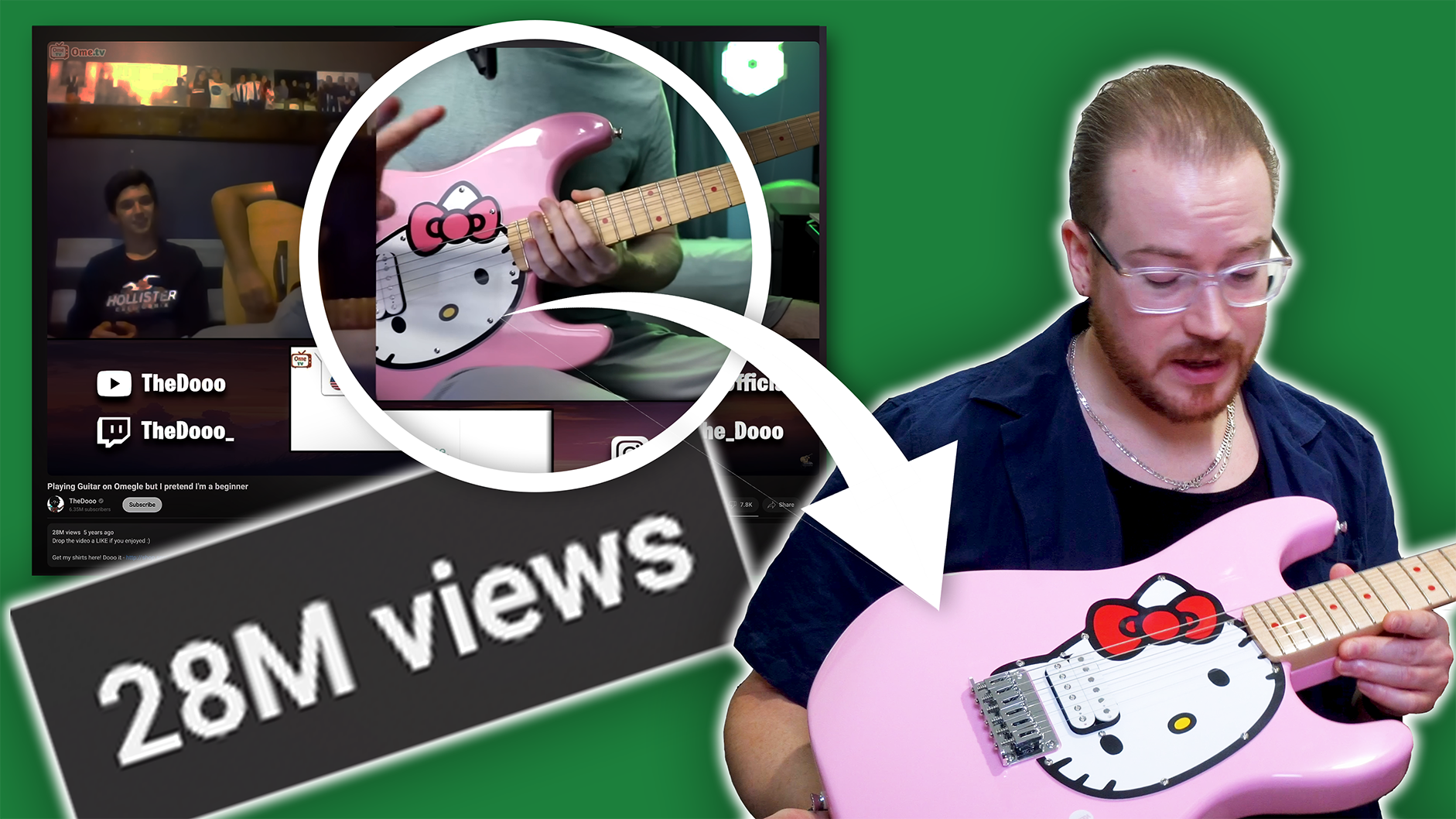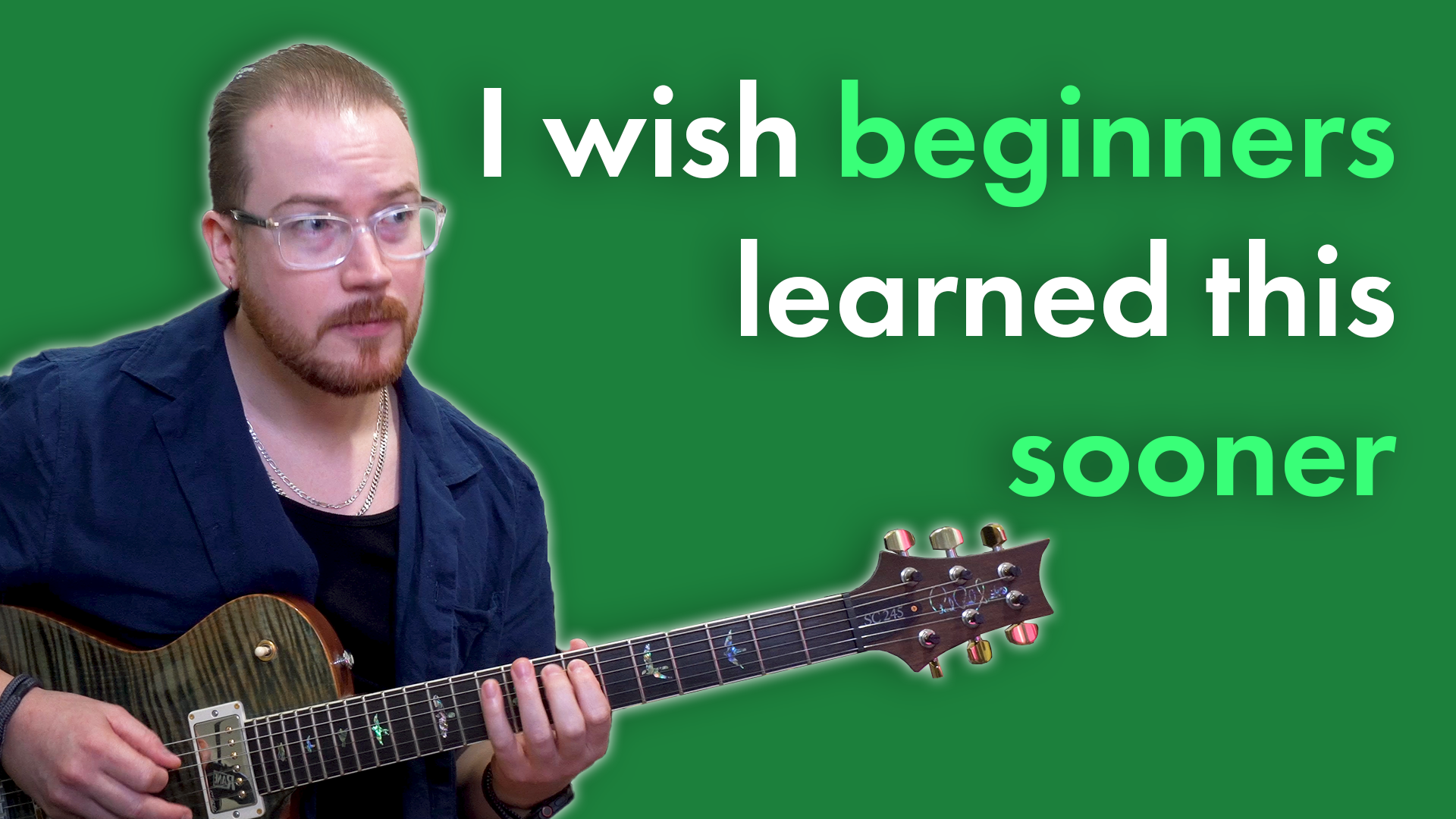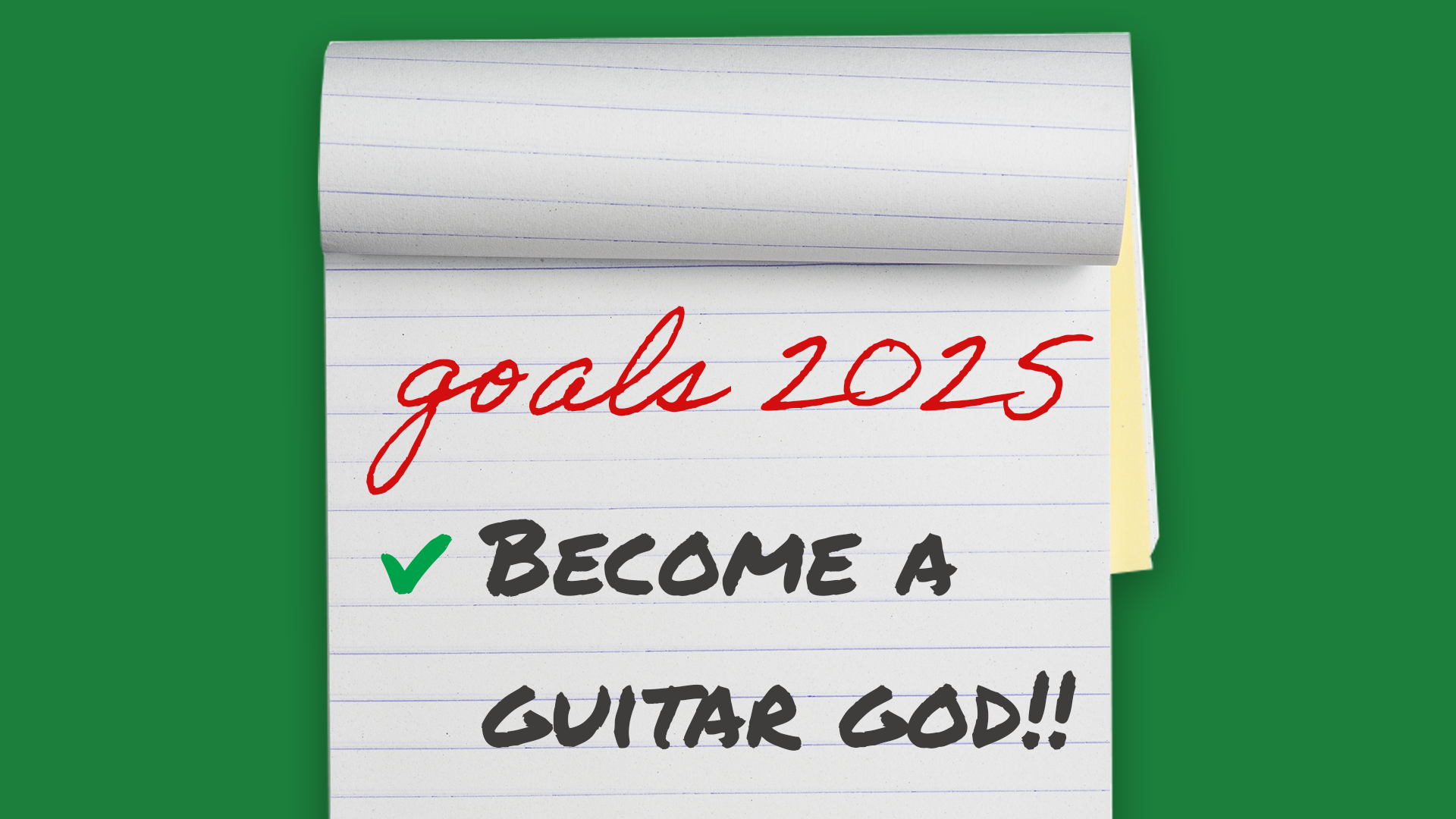Why You Need To Practice Rhythm Exercises
Practising rhythm exercises in Happy Clappy Class
Every Friday morning during my first year of music at University, drummers, guitarists, singers, bassists, all found ourselves crammed into the classroom on the bottom floor of the music office to spend an hour clapping rhythms with a metronome. The rhythms would be projected on the whiteboard and we’d work through sheet after sheet of exercises, which got progressively harder as the semester wore on. To be honest, at first, we thought it was a bit of a joke. But five years later I still recognise the value of what we did in what we affectionately called ‘Happy Clappy Class’.
Passing Happy Clappy Class
Rhythm is so central to music that any kind of rhythm practice will help you play your instrument better.
The goal of Happy Clappy Class was learning to recognise and understand rhythms. This meant that when we encountered them in our playing, we wouldn’t be trying to figure them out on the fly. We learned what it felt like to play different rhythms, so when we were reading charts, we would see the notes as groups of rhythms rather than random black dots on a page. Notice how the example below is broken into manageable chunks? Happy Clappy Class taught us to read this bar as four separate rhythms we already knew, rather than a cluster of random notes.
Why you need to be a happy clappy musician
During 2014 we began to notice that many of our students found it difficult to develop rhythm skills. We’d spend time listening to the backing track of a Rockschool piece, we’d play along, and most of the time the student would be pretty accurate. However, what I found interesting was what happened when we tried to play the song at a slower tempo, or what happened when I asked the student to count the rhythm they were playing out loud. They were stuck. What seemed like a simple task was extremely difficult. What we realised was happening was students were listening to the backing track and simply copying what they heard. Being musically inclined, most of the time they got the rhythms right. This didn’t help with their understanding of the rhythm, however, so if they were asked to do something that involved counting out the rhythm, tapping their foot to the beat, or playing at a different tempo, they struggled to find a frame of reference for what they should be doing.
We decided to reach back into our collection of materials from Happy Clappy Class and began to work through some of the rhythmic exercises with our students. At first, they were like, ‘why are we doing this, I thought we were meant to be learning guitar?’ It wasn’t long, however, before they realised the benefit of what we were doing, and began to see massive improvements in their playing. Rhythm is so central to music that any kind of rhythm practice will help you play your instrument better.
Introduction to Rhythm
After we saw the difference that practising rhythm skills had on our students, we decided to include a specific section on rhythm in our Guitar 1 book. These exercises are from Guitar 1 Lesson 3: Introduction to Rhythm. They aren’t just for guitarists though, every musician will benefit from practising these kinds of charts.
When you are doing these exercises:
Tap your foot on the beat
Play all the notes on the beat (the 1 2 3 4) with your right hand
Play all the notes on the offbeat (the 1 + 2 + 3 + 4 +) with your left hand
Bob your head or move your body (it helps!)
Make sure you practice with a metronome or our backing tracks from Guitar 1
Why you should practice rhythm exercises:
Rhythm exercises improve your understanding and appreciation of music
Practising rhythm exercises gives you confidence and ability when you are playing with other musicians
Being able to recognise rhythms helps you learn new songs more quickly
You learn to ‘feel’ the music, so you don’t have to worry about trying to mentally count it
Unusual ways to practice rhythm skills:
I’ve found some of the best times to practice your rhythm skills are during the day when you’re already doing something. Try out these ideas:
Tap your foot to the beat of songs when you’re driving, while tapping your hand along to the vocal melody or lead line
Listen to music while you’re walking, and try to walk in time with the song
Figure out the time signature and count the beats along to the songs you’re listening to
What do you do to help develop your rhythm skills?














